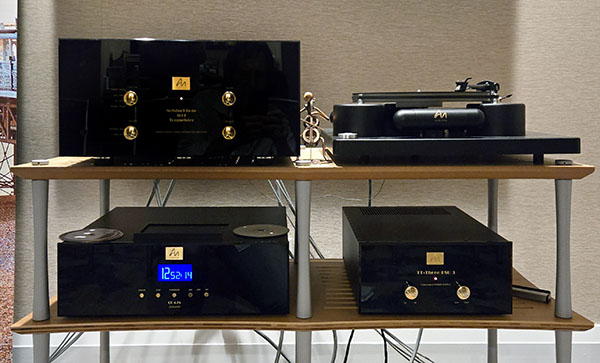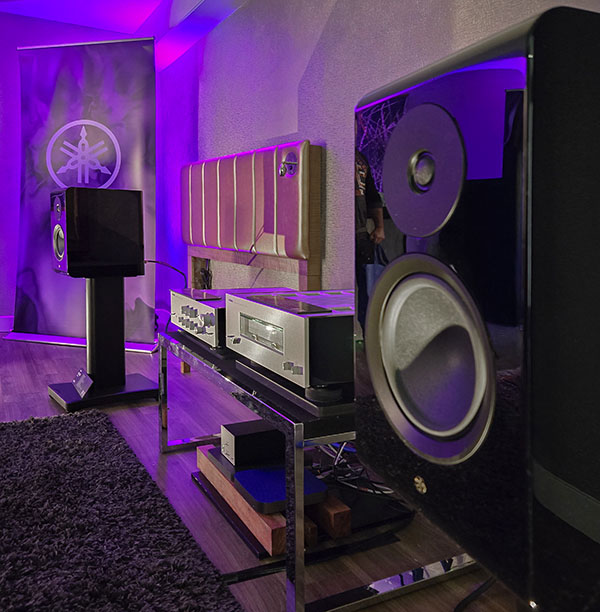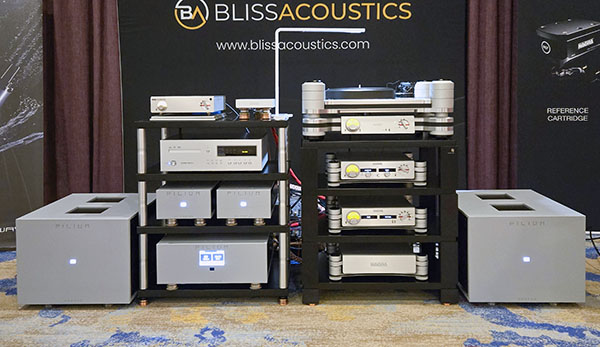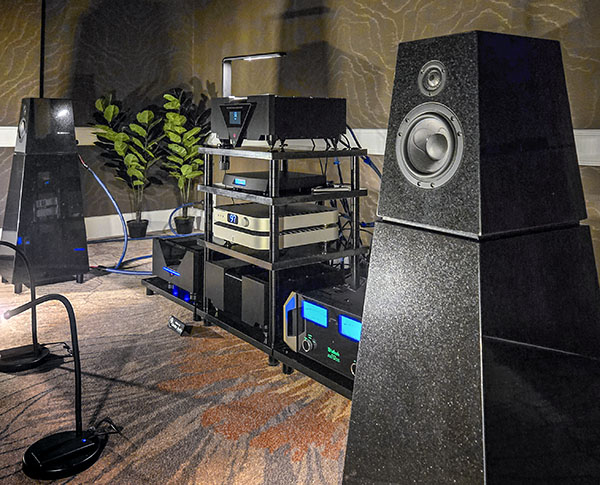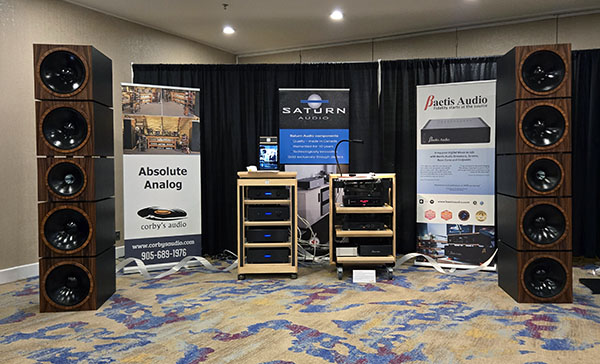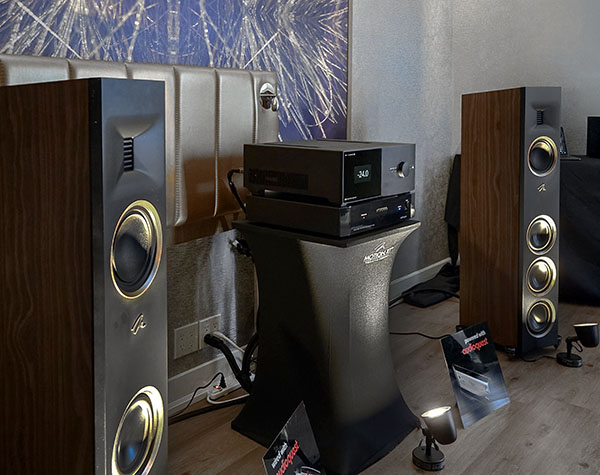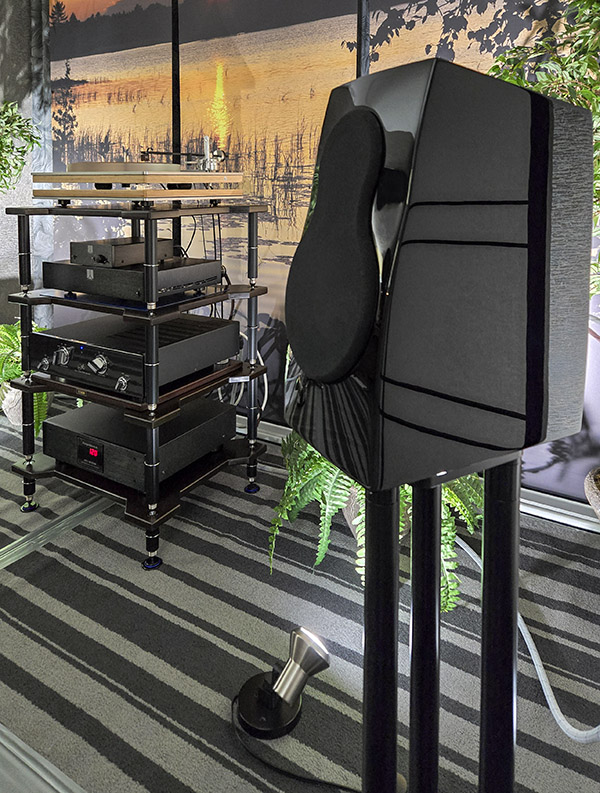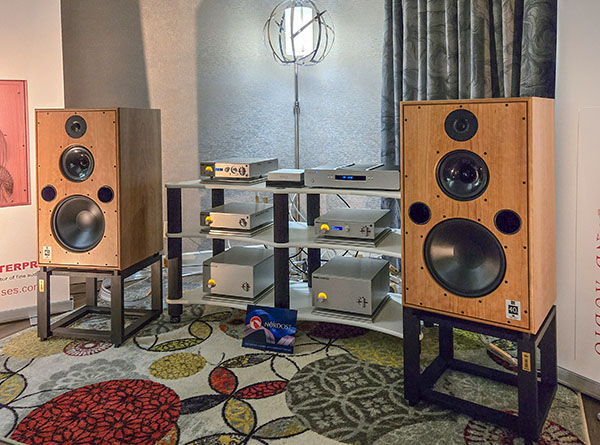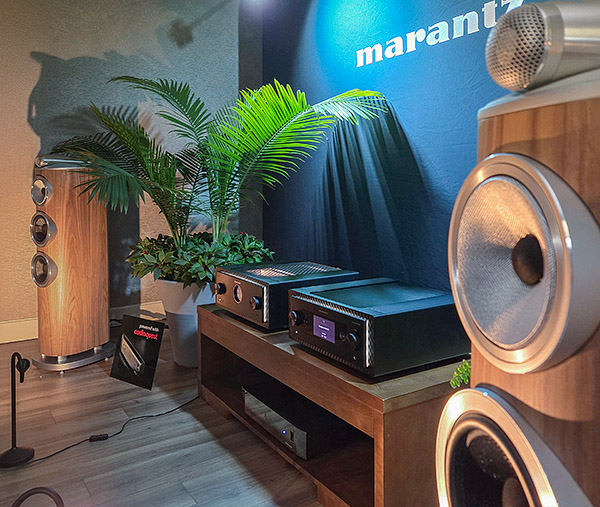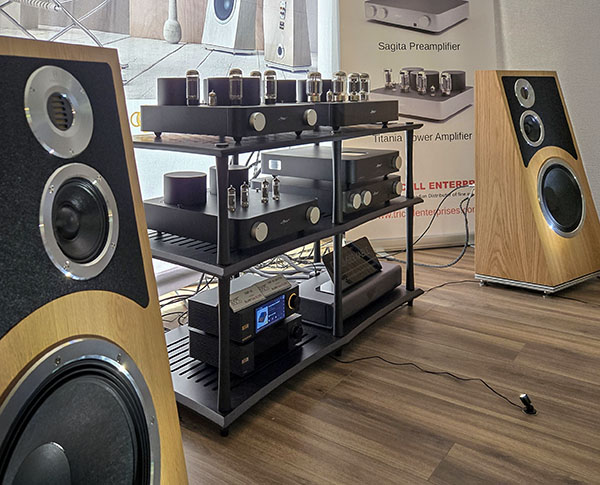
Kennedy Hi-Fi: Audiovector, Fezz Audio, Eversolo, Kimber Kable - Toronto Audiofest 2024
Kennedy Hi-Fi: Audiovector, Fezz Audio, Eversolo, Kimber Kable - Toronto Audiofest 2024

- Read more about Kennedy Hi-Fi: Audiovector, Fezz Audio, Eversolo, Kimber Kable - Toronto Audiofest 2024
- Log in or register to post comments

